Blackjack Chart
Blackjack is a popular casino card game played around the world, and for aspiring players in Canada, understanding key strategies can make the difference between winning and losing hands.
One essential tool beginners and experienced players can utilize to improve their game is the blackjack strategy chart. These charts provide best play recommendations based on the player's hand and the dealer's up card, considering the specific rules of the table.
Typically found in various formats, such as single-deck, double-deck, and multi-deck strategy charts, these resources can be tailored to match the exact number of decks and table rules in Canadian casinos. Factors to consider include the dealer's actions on a soft 17, surrendering, doubling, and other rules that impact players' odds.
By memorizing and consistently implementing the recommendations found in blackjack strategy charts, players can minimize the house edge and optimize their chances of success at the table.
While a strategy chart is an incredibly helpful tool for Canadian blackjack enthusiasts, it is vital to remember that it only provides the foundation for their gameplay. Utilizing these charts will not guarantee wins but will undoubtedly enhance their understanding of the game and decision-making skills.
Using a blackjack chart as a starting point, players can build on their knowledge through consistent practice and experience, steadily improving their performance in this exciting and challenging game.
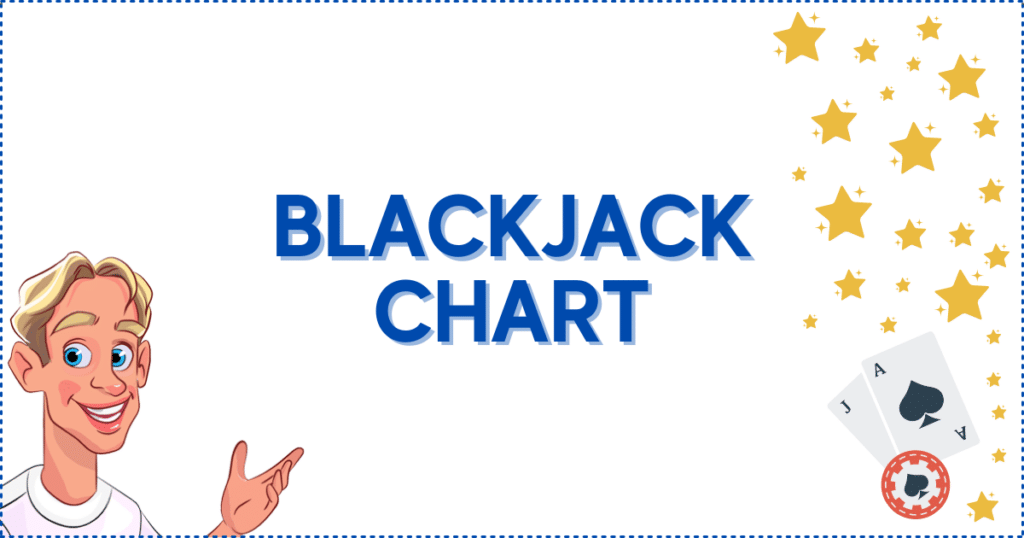
Basic Blackjack Strategy
Hit or Stand
In basic blackjack strategy, the decision to hit or stand largely depends on the value of your hand and the dealer's upcard. Using a strategy chart, you can determine the optimal move for each combination of cards. The general rule is to hit if your hand total is less than 17 and stand if it's 17 or higher.
However, the following guidelines can help improve your odds:
- Stand if your hand total is 12-16 and the dealer's upcard is 2-6.
- Hit if your hand total is 12-16 and the dealer's upcard is 7-Ace.
- Hit if your hand total is a soft 17 (an Ace and a 6) and the dealer's upcard is 2-6.
Double Down
Doubling down means doubling your initial bet and receiving only one additional card. This move is recommended when your hand total is favourable compared to the dealer's upcard.
Here are some scenarios in which you should double down:
- Double down on a hand total of 9 if the dealer's upcard is 3-6.
- Double down on a hand total of 10 if the dealer's upcard is 2-9.
- Double down on a hand total of 11 if the dealer's upcard is 2-10.
- Double down on a soft 13-18 if the dealer's upcard is 5 or 6.
Splitting
Splitting is a move available to you when you receive two cards of the same value. In this case, you'll split your hand into two separate hands and place an additional bet equal to your initial bet.
Splitting can be a powerful move if applied correctly. Here are some guidelines for splitting:
- Always split Aces and 8s.
- Never split 10s, face cards or 5s.
- Split 2s and 3s if the dealer's upcard is 4-7.
- Split 6s if the dealer's upcard is 2-6.
- Split 7s if the dealer's upcard is 2-7.
- Split 9s if the dealer's upcard is 2-6 or 8-9.
Surrender
The option to surrender allows you to forfeit your hand and lose half of your initial bet if you think your odds of winning are low. Not all blackjack games offer this option, and it should be used sparingly.
If allowed, consider surrendering in these situations:
- Surrender when your hand total is 16, and the dealer's upcard is a 9, 10, or Ace.
- Surrender when your hand total is 15, and the dealer's upcard is 10.
By carefully applying the basic blackjack chart strategy, you can minimize the house advantage and improve your probability of winning. Remember to always refer to a strategy chart for the most accurate decision-making.
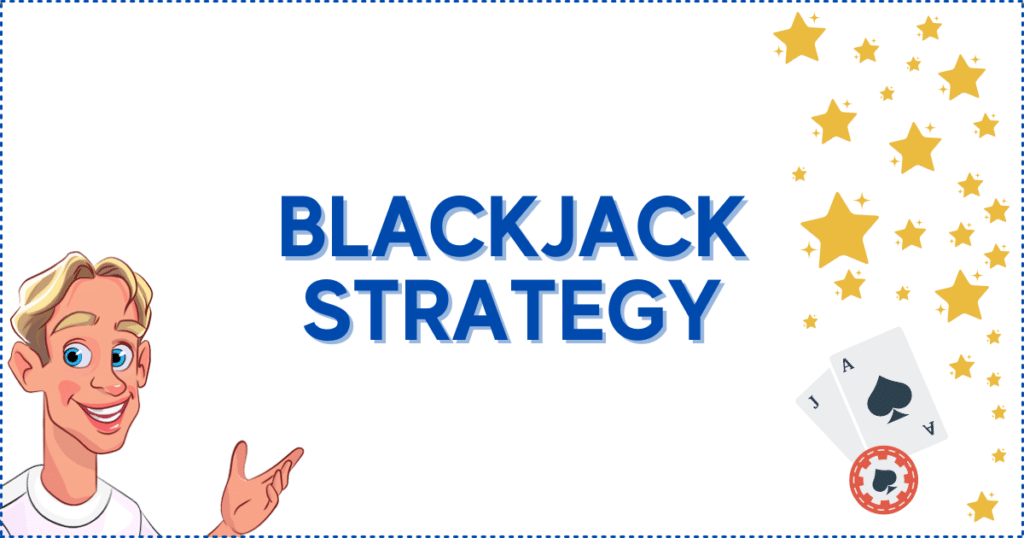
Blackjack Chart Types
Single Deck
In single-deck blackjack, a blackjack chart is an essential tool for players looking to improve their game. A single-deck strategy chart informs players about the ideal moves based on their cards and the dealer's up-card. Adhering to this basic blackjack strategy chart minimizes the house edge and increases the player's chances of winning.
For example, here's a simplified single-deck blackjack chart:
| Player's Hand | Dealer's Up-Card (2-6) | Dealer's Up-Card (7-A) |
|---|---|---|
| 8 or lower | Hit | Hit |
| 9 | Double (if possible, otherwise Hit) | Hit |
| 10-11 | Double (if possible, otherwise Hit) | Double (if possible, otherwise Hit) |
| 12-16 | Stand | Hit |
| 17-21 | Stand | Stand |
Double Deck
The double-deck blackjack chart strategy is tailored for games using two decks of cards shuffled together. Although similar to single-deck blackjack charts, some minor differences in the optimal actions exist due to the increased number of cards in play.
Players should use a double-deck blackjack chart to ensure accurate decision-making and reduce the house edge.
An example of a simplified double-deck blackjack chart:
| Player's Hand | Dealer's Up-Card (2-6) | Dealer's Up-Card (7-A) |
|---|---|---|
| 8 or lower | Hit | Hit |
| 9 | Double (if possible, otherwise Hit) | Hit |
| 10-11 | Double (if possible, otherwise Hit) | Double (if possible, otherwise Hit) |
| 12-16 | Stand | Hit |
| 17-21 | Stand | Stand |
Multi-Deck
In multi-deck blackjack, the basic blackjack strategy chart is designed for games with three or more decks shuffled together. Although the basic principles remain the same as single and double-deck charts, a few adjustments are made to account for the greater number of cards and their potential effect on the game.
A simplified multi-deck blackjack chart example:
| Player's Hand | Dealer's Up-Card (2-6) | Dealer's Up-Card (7-A) |
|---|---|---|
| 8 or lower | Hit | Hit |
| 9 | Double (if possible, otherwise Hit) | Hit |
| 10-11 | Double (if possible, otherwise Hit) | Double (if possible, otherwise Hit) |
| 12-16 | Stand | Hit |
| 17-21 | Stand | Stand |
Tailoring your blackjack strategy to the specific game you're playing, whether it's single-deck, double-deck, or multi-deck, is essential for success. Using the appropriate strategy blackjack chart will help you make the best decisions and improve your chances of winning.
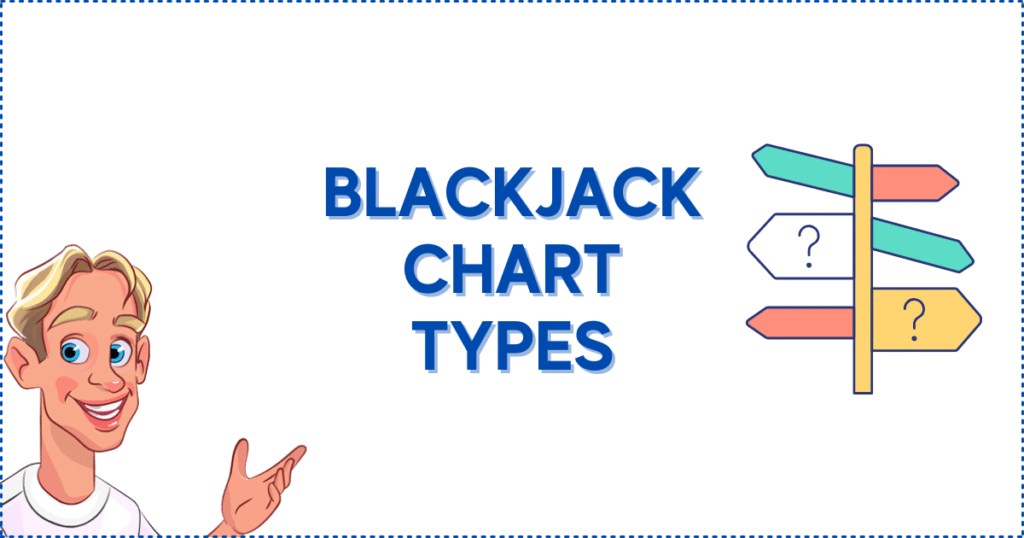
Understanding the Blackjack Chart
In this section, we will go through the structure and understanding of a blackjack chart, specifically for Canadian players. We will focus on the columns and rows, as well as some common notations found in the blackjack chart for various actions like stand, hit, double down, split, and surrender.
Columns
In a blackjack chart, the columns represent the dealer's up-card, which is the card facing up that the dealer has on the table. The dealer's up-card ranges from 2 to Ace. Each column corresponds to one of those cards. It's essential to understand the dealer's up-card because it significantly impacts the optimal move for the player.
Here's an example of blackjack chart columns:
| Dealer's Up-card | 2 | 3 | 4 | 5 | 6 | 7 | 8 | 9 | 10 | A |
|---|
Rows
Rows represent the player's hand, which depends on the total value of the player's cards or particular combinations (like a pair). The rows start from “4 or less” and go up to “20 or 21”, including rows for pairs and soft hands (those with an Ace).
Common notations found in the chart include:
- H: Hit – Take another card
- S: Stand – Keep your current hand and end your turn
- DS: Double down if possible; otherwise, stand
- P: Split – Divide your pair into two separate hands
- RS: Surrender if allowed; otherwise, stand
Here's an example of blackjack chart rows:
| Player's Hand | Action |
|---|---|
| Soft 18 | H |
| 15 | S |
| Pair of 8s | P |
| 11 | DS |
| 17 | RS |
By referring to the intersection of the dealer's up-card column and the player's hand row, you can determine the optimal move to make in any given situation during a blackjack game. Using the blackjack chart effectively will improve your decision-making and enhance your overall chances of winning.
Remember that while the blackjack chart provides the best mathematical strategy, it does not guarantee victory but merely serves as a useful guide.
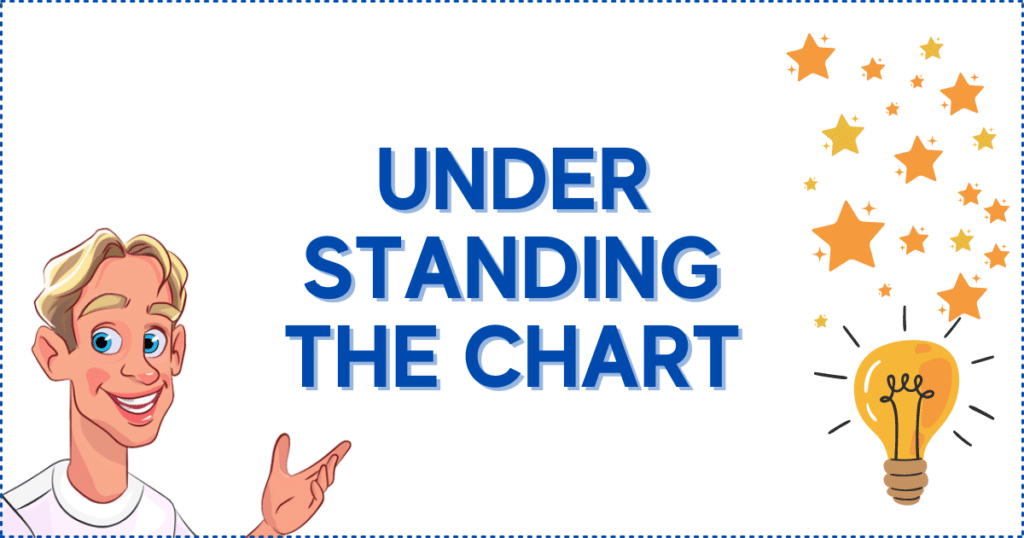
Online and Land-Based Blackjack
Online Blackjack
Online blackjack has gained popularity in Canada due to its accessibility and variety. Players can find a vast selection of online blackjack games with different rules, strategies, and betting limits. Most online casinos offer both free and real money options, enabling players to sharpen their skills before risking their own funds.
Additionally, many sites offer enticing bonuses and promotions to boost a player's chances of increasing their winnings.
The convenience of mobile gaming has further fueled the popularity of online blackjack, allowing players to enjoy the game on their smartphones and tablets. This flexibility means that Canadian blackjack enthusiasts can play their favourite games anytime, anywhere.
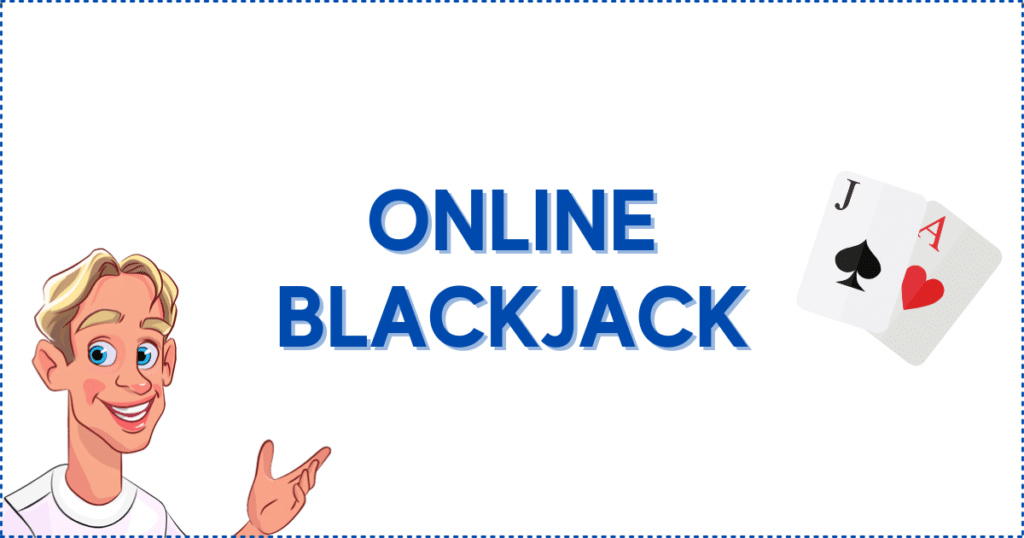
LandBased Casino
Land-based casinos in Canada also offer a variety of blackjack games for players to enjoy. These venues provide the traditional casino experience, complete with the excitement of live dealer interaction, and often feature multiple tables with varying betting limits. However, compared to online blackjack, land-based casinos may have a limited selection of game variations available.
When playing blackjack at a land-based casino, players can take advantage of loyalty programs and special promotions, which may include discounts on dining, entertainment, and accommodation.
It is crucial to familiarize yourself with the specific rules of each blackjack table you join, as slight differences can impact your overall strategy and chances of winning.
While both online and land-based blackjack options have their unique advantages, Canadian players can choose the option that best suits their preferences and needs. In either scenario, a thorough understanding of blackjack strategies and a well-thought-out game plan will help enhance your chances of success.
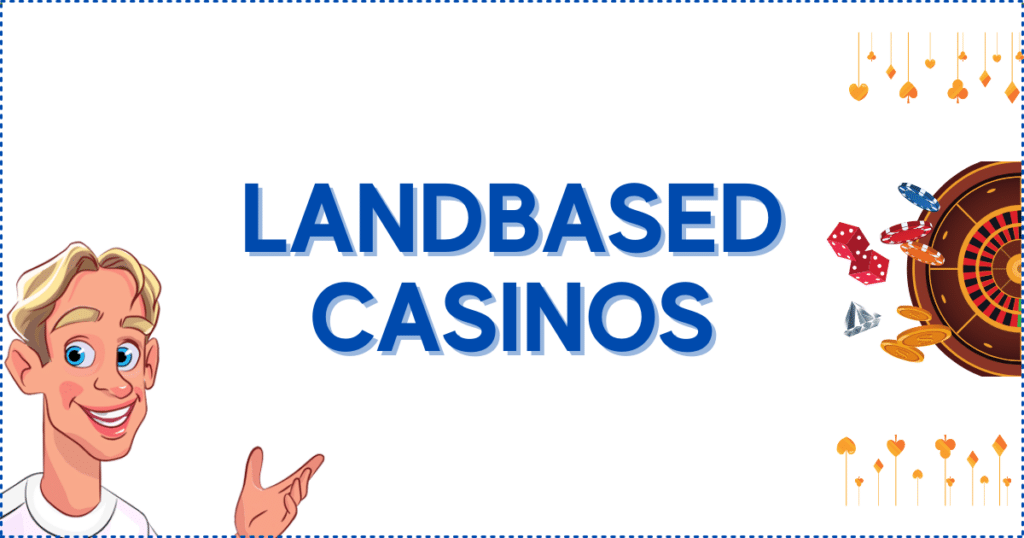
Casinos in Canada
Canada offers a variety of casinos where you can enjoy playing blackjack, both in-person and online. Many of these casinos are located in larger cities, such as Montreal, Ottawa, and Toronto, providing ample opportunities for both local and international players to experience a thrilling game of blackjack.
Canadian casinos often boast a wide range of blackjack games and variations, allowing you to find your ideal gaming experience. Some top-rated blackjack casinos in Canada include JackpotCity, which offers over 40 different blackjack variations, and Mansion Casino.
When playing blackjack at a Canadian casino, you can expect fair gaming practices and reliable payouts, as these establishments are regulated by licensing authorities.
For instance, online casinos are typically licensed by international organizations such as the Malta Gaming Authority or the Kahnawake Gaming Commission, thereby ensuring a secure and transparent gaming environment.
Top Blackjack Casinos in Canada:
- JackpotCity
- Mansion Casino
- Casino Joy
- Casoola
To enjoy online blackjack in Canada, players must meet the legal gambling age of 18 or 19, depending on the province. In Alberta, Manitoba, and Quebec, the legal gambling age is 18, while in other provinces, it is 19.
When playing blackjack, whether at a luxury casino or an online site, Canadian players can often take advantage of various promotions and bonuses. These can include deposit bonuses, cashback offers, and even free spins for those interested in trying out different games.
However, it's essential to always review the terms and conditions of such offers and ensure responsible gaming practices are upheld.
In summary, Canada's selection of blackjack casinos allows players to engage in an exciting and secure gaming experience, both online and at brick-and-mortar establishments. With a range of variations, top-rated casinos, and regulated environments, Canadian blackjack enthusiasts can confidently enjoy their favourite card game.
House Edge Factors
In this section, we will discuss the main factors that affect the house edge in blackjack, focusing primarily on the number of decks and dealer rules.
Number of Decks
The number of decks used in a game of blackjack has a significant impact on the house edge. As the number of decks increases, the house edge generally rises. To illustrate the effect of decks on the house edge, consider the following table:
| Number of Decks | House Edge |
|---|---|
| 1 | 0.17% |
| 2 | 0.46% |
| 4 | 0.60% |
| 6 | 0.64% |
| 8 | 0.66% |
As you can see, a single-deck game has the lowest house edge, while an eight-deck game has the highest. This relationship can be explained through probability theory, as the larger the deck, the more diluted the value of aces and 10-point cards becomes, reducing the odds of getting a natural blackjack.
Dealer Rules
The way a dealer plays their hand can also affect the house edge. The two main dealer rules to consider are:
- Dealer hits or stands on soft 17: A soft 17 is a hand consisting of an Ace (valued as 11) and a 6. If the dealer is required to hit on a soft 17, the house edge will be higher. Conversely, if the dealer stands on soft 17, the house edge is reduced.
- Hit on soft 17: (+0.22% house edge).
- Stand on soft 17: (-0.22% house edge).
- Dealer's options for peeking at hole cards: The way the dealer checks for blackjack can also affect the house edge. In some casinos, dealers are allowed to peek at their hole cards before players complete their actions. If the dealer has an Ace or a 10-point card as their upcard, they may check to see if they have a natural blackjack:
- Dealer peeks for blackjack: (-0.10% house edge).
- Dealer does not peek for blackjack: (+0.10% house edge).
It is important for players to be aware of these factors and their impact on the house edge when choosing a blackjack table. By selecting games with fewer decks and more favourable dealer rules, players can improve their chances of winning and minimize the casino's advantage.

Advanced Strategies
In this section, we will discuss two advanced blackjack strategies: Composition and Card Counting. These strategies can help improve your gameplay and increase your chances of winning when executed correctly.
Composition
The composition strategy involves adjusting your decision-making based on the specific composition of the cards in your hand, rather than just their total value. This requires a deeper understanding of blackjack chart strategy and a good memory, as it involves accounting for hard totals, soft totals, and the presence of certain card values.
A hard total refers to a hand with no Ace or an Ace counted as 1. Soft totals, on the other hand, involve an Ace counted as 11. For instance, A-6 is a soft 17, while 10-7 is a hard 17.
Consider the following examples to understand the composition strategy:
| Hand Composition | Strategy |
|---|---|
| A-2 vs. Dealer 5 | Double down |
| 10-2 vs. Dealer 5 | Hit |
Though both hands have the same total value (12), the recommended action is different due to the composition of the hands.
Card Counting
Card counting is another advanced blackjack strategy that involves tracking the distribution of cards in the deck to identify when the odds are in the player's favour. By knowing the remaining deck composition, a skilled card counter can adjust their bets and play accordingly. However, it is crucial to practise card counting discreetly, as most casinos frown upon such strategies.
The primary steps involved in card counting are:
- Assign a point value to each card (e.g., +1 for 2-6, 0 for 7-9, and -1 for 10-Ace)
- Keep a running count based on the assigned values
- Calculate the true count by dividing the running count by the number of remaining decks
- Adjust bets and playing decisions based on the true count
By applying advanced strategies such as composition and card counting, players can enhance their blackjack skills and potentially reduce their losses. However, keep in mind that these strategies require practice, patience, and commitment to master.

Blackjack Variants
In Canada, blackjack is a popular casino card game with several variations that cater to diverse player preferences. The game's objective remains consistent across all versions: achieve a hand value as close to 21 as possible without exceeding it, while also beating the dealer's hand.
- Classic Blackjack is the most common version, with standard rules such as doubling down, splitting, and the dealer standing on soft 17. Different casinos may have slight variations in their rules, but the overall gameplay remains consistent.
- European Blackjack is similar to Classic Blackjack, but with a few key differences. The dealer receives only one face-up card initially and takes their second card after the players have completed their hands. This means players must make their decisions without knowing the dealer's hole card, resulting in additional strategic considerations.
- Blackjack Switch allows players to play two separate hands simultaneously, with the option to switch the top two cards between both hands. This rule offers new opportunities for strategic decisions, but to balance the game, a dealer's 22 is considered a push instead of a bust.
- Double Exposure Blackjack significantly changes the game dynamic by revealing both of the dealer’s cards to the players. While this may seem advantageous, there are changes to the rules to maintain the house edge, such as paying out even money on blackjack hands.
- Spanish 21 introduces the removal of all 10-value cards from the deck, leaving only 48 cards in each deck. This variant offers players more flexible rules such as late surrender, doubling down on any number of cards, and multiple opportunities for bonus payouts.
- Pontoon features unique terminology and rules, such as using “stick” instead of stand and “twist” rather than hit. In this variant, both dealer cards are initially face down, and players can only stick if their hand value is at least 15 or contains five cards.
These variants showcase the diversity and adaptability of the traditional blackjack game, allowing players in Canada to enjoy a multitude of exciting and challenging versions.

Additional Tips
In addition to understanding the blackjack chart strategy, it is crucial to be aware of other essential aspects that can improve your gameplay. Let's explore some of the integral elements of blackjack, like doubling, insurance, re-splitting, surrendering, and managing your bankroll:
- Doubling: Doubling down is when a player places an additional bet equal to their original bet and receives only one additional card. This move can be done only with the player's first two cards. For instance, if you bet C$5 and are dealt 11, you can place another C$5 bet and receive one more card.
- Insurance: Insurance is a side bet offered when the dealer shows an Ace. It allows players to wager half of their original bet, and if the dealer gets a blackjack, they receive a 2:1 payout on the insurance bet. Although insurance looks tempting, it raises the house's edge and is not recommended for most players.
- Re-splitting: Some blackjack rules permit re-splitting, meaning if you split a hand and receive another card with the same value, you can create a new hand by placing an additional bet. However, this option varies depending on the casino's specific rules.
- Surrendering: The surrender option allows the player to forfeit half their bet if they believe their hand is likely to lose against the dealer. This move can be especially beneficial for players with poor hands, like a hard 15 or 16 against the dealer's 9, 10, or Ace. However, surrendering is not available in all casinos or blackjack variations.
- Bankroll Management: Being responsible with your bankroll is a vital part of successful blackjack gameplay. Set limits on how much you can afford to lose and stick to them. By doing so, you will not only minimize your losses but also enjoy the game at a sensible pace.
Here are a few more tips to remember while playing blackjack:
- Always be aware of the casino's specific blackjack rules, as they can vary and impact your gameplay decisions.
- Utilize free blackjack games available online to practice your skills without risking your funds.
- Keep in mind that multiple decks in play can change the probability of receiving certain cards, necessitating adjustments to your strategy.
- Lastly, remember that blackjack is a game of skill and strategy. Trust the math and the advice of mathematicians who have developed these strategies through years of analysis and study.
By combining these guidelines with the blackjack chart strategy, you can enhance your chances of success in this exciting and competitive casino game.
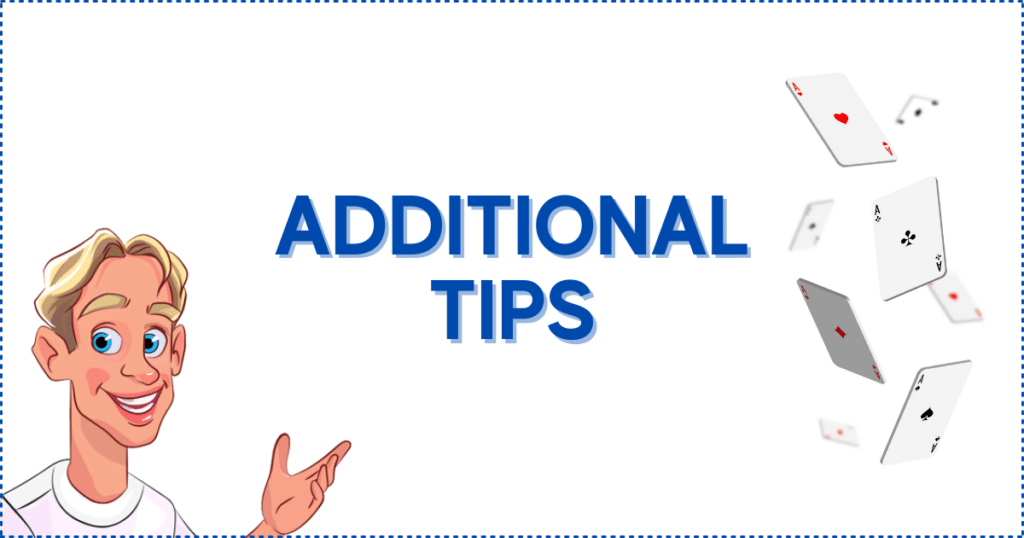
Frequently Asked Questions
What are the basic blackjack strategy rules in Canada?
The basic blackjack strategy rules in Canada are similar to those in other countries. These rules include stand if your hand is 12-16 when the dealer has 2-6; hit when your hand is 12-16 when the dealer has 7-Ace; always split Aces and 8s; double 11 when the dealer has 2-10; and hit or double Aces-6.
How can I find a Canadian blackjack chart strategy?
You can find Canadian blackjack chart strategy online at sites like CanadaCasino or BETANDBEAT. These blackjack charts provide detailed information on the best decisions to make in various gaming situations, taking into consideration both the player's hand and the dealer's up-card.
What are the odds of winning using the perfect blackjack strategy?
Using a perfect blackjack strategy can significantly improve the odds of winning. With the correct strategy, the house edge can be reduced to as low as 0.5%. However, it is essential to remember that blackjack is still a game of chance, and no strategy can guarantee consistent winnings.
How does the 17 rule impact blackjack decisions in Canada?
The 17 rule refers to the dealer's obligation to stand on a soft 17, which impacts the player's strategy. If the dealer must stand on a soft 17, it can slightly decrease the house edge, making it more favorable for the player. However, if the dealer must hit on a soft 17, the house edge will slightly increase.
How should I handle a 15 or 16-hand in Canadian blackjack?
Handling a 15 or 16-hand in Canadian blackjack depends on the dealer's up-card. If the dealer shows a 2-6, it's advisable to stand. If the dealer shows 7-Ace, you should hit. In some situations, if you have a pair of 8s, you may want to consider splitting to create two new hands.
When should I hit or stand on a 12 or 13 hand in Canadian blackjack?
If you have a 12 or 13 hand in Canadian blackjack, you should consider the dealer's up-card before making your decision. If the dealer's up-card is 2-6, it's generally better to stand, as the dealer has a higher chance of busting. However, if the dealer's up-card is 7-Ace, you should hit, as the dealer has a higher chance of improving their hand.
Source:

Lars Wahlström is a renowned expert in the online casino industry, boasting over two decades of multifaceted experience spanning technological development and operational management. As the visionary CEO and Publisher of ARGO Gaming Group, the force behind the successful Casinoclaw brand, Lars combines his lifelong enthusiasm for gaming and gambling with an impressive track record in slots, casino gaming, poker, sports betting, and trotting.
Esteemed for his insightful contributions, Lars is highly regarded as a top-tier authority in casino journalism. He is a staple at international industry conferences, providing valuable insights on panels and networking opportunities.
Based out of the ARGO HQ and Stockholm office, Lars is a globetrotter, ensuring he remains at the forefront of industry trends. Connect with Lars for his expert perspectives through our contact page, or network with him on LinkedIn and X for the latest in iGaming innovation.










